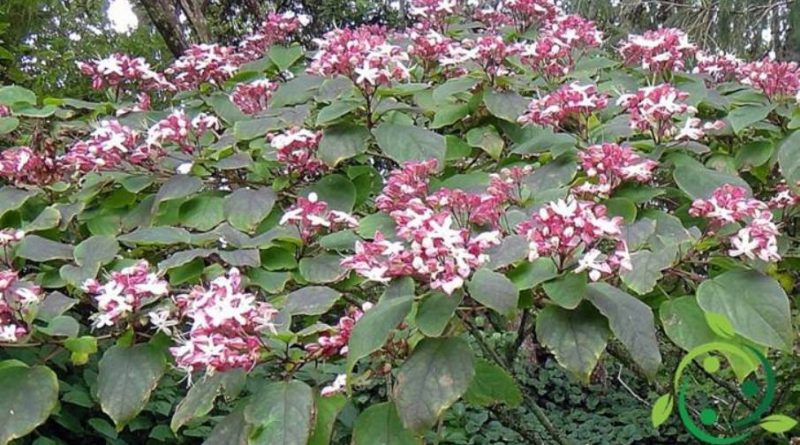How to grow Clerodendron
How to grow Clerodendron
Clerodendron (Clerodendrum L., 1753) is a genus of plants in the Lamiaceae family that includes over 300 species of tree and shrub; the tree species also reach 9 m in height. These are plants, native to Asia and Africa, highly appreciated as ornamental plants, both in parks and gardens, for fragrant flowers gathered in large paniculate peaks and ovate or heart-shaped leaves, with a characteristic aroma. Among these species we remember the Clerodendrum ugandense, less rustic than the Clerodendrum trichotomum, but very decorative, with numerous purple and lilac flowers in the shape of a butterfly; the Clerodendrum thomsonae is instead a creeper with white flowers for apartment.In this card we will see how to grow the Clerodendron with the most useful agronomic measures.The clerodendron is a plant that needs a sunny position, or a half-shade; it is a rather rustic species that can tolerate temperatures of less than -10 ° C without problems, although it may persistent frosts may cause the aerial part of the young specimens to dry out; for this reason, it is advisable to repair the plants for the first two winters after planting. Also in terms of summer temperatures it is a resistant plant even if it can suffer from prolonged exposure in climates with excessive temperatures; also in areas near the sea or in the mountains it is good to repair the clerodendro from the wind.The soil where to grow the clerodendro is good that it is kept constantly humid, especially in summer, while in winter the watering can be suspended as the plant enters vegetative rest.
The substratum of cultivation, for this reason must be lighter and with organic substance in order to have a good fertility and an excellent drainage and, possibly, poor calcium. If grown in a closed environment, the plant loves a humid environment and it can be useful to vaporize water that allows to create a humid microclimate. Always on the subject of nutrients it is good to provide fertilizer for flowering plants at regular intervals from March to October. therefore richer in potassium and microelements. For the planting of the clerodendron it is advisable to prepare a deep hole in which to create a mixture of sand, peat and compost soil. The most suitable period is spring avoiding, especially in colder climates, the first days in which cold and frost returns can occur. The multiplication of this type of shrub occurs by seed, using the seeds of the previous year in the spring, that can be taken from the plant at the time of sowing; in spring it is also possible to practice cuttings and margotte.Per than for diseases and plant diseases, the clerodendron, especially in soils with little draining, can undergo radical rot. Among the entomological adversities we remember the cochineals, which if not opposed can compromise the health of the plant . To avoid this it is advisable to use some Marseille soap products to be distributed in the environment around the plant, before the flowering period. Moreover avoiding the use of fertilizers based on nitrates you will avoid an excessive softening of the vegetated parts with greater attacks of cochineals and aphids. Mites sometimes can ruin the leaves dramatically.

